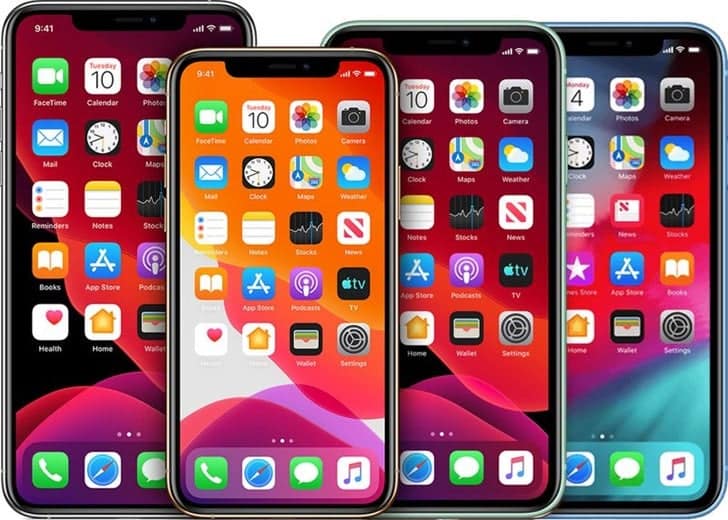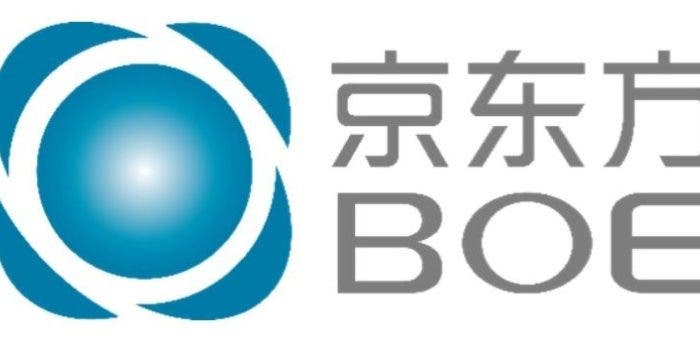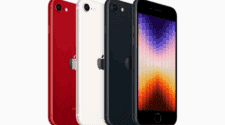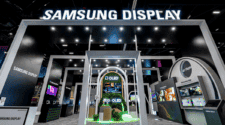A couple of months ago there were reports that Apple could use BOE OLED panel for the iPhone 12 series. Recently, reports hit the web that BOE’s display will not feature in the first batch of the iPhone 12. However, the truth is that due to some manufacturing problems, BOE is not the first choice for the iPhones. According to DigiTimes, BOE failed to secure Apple’s validation for its OLED screens.

Apple will release four new iPhones later this year. The new series includes two models with 5.4-inch and 6.1-inch displays. In addition, it will have another two iPhones (Pro models) with 6.1-inch and 6.7-inch displays. All four models will come with OLED displays, 5G support, and a small notch. There are also rumors that the Pro model will receive a LiDAR sensor (lidar).
Samsung Display will be the main OLED panel supplier for all iPhone 12 series. However, BOE and LG Display are developing OLED screens for entry-level 6.1-inch iPhone 12 models. BOE is studying the quality issues affecting its manufacturing. The company hopes to begin shipping OLED panels to Apple in Q4 2020.
LG Display will take action and plan to increase shipments of 6.1-inch model screens. The South Korean manufacturer will increase shipments from the original 18 million to 23 million. Samsung Display expects to ship 18 million to 20 million units for 5.4-inch iPhone 12, 16 million to 18 million units for high-end 6.1-inch iPhone 12, and 22 million to 24 million units for 6.7-inch iPhone 12.
BOE’s failure will not have a major impact on Apple’s 2020 iPhone 12 release date. This is because Apple can rely on Samsung and LG Display. Nevertheless, other factors may delay this year’s “iPhone 12” lineup to some extent. There are rumors suggesting that some or all of the iPhone 12 models may be released in September and then listed in October.
BOE started mass production of flexible OLED panels in 2019. However, its current production yield rate is only around 20%, and Apple cannot cooperate with it. The source pointed out that BOE is now trying to improve productivity by combining the front-end process of its B7 fab and the back-end process of the B11 production line. The B7 fab in Sichuan began mass production in 2017. Since then, its productivity has increased to about 70-80%.
If BOE’s efforts to increase productivity is successful, it will deliver about 2 million OLED panels to Apple by 2020. This is the best-case scenario. The DigiTimes report confirms rumors in early June that BOE will not supply Apple in the first batch. In addition, the report makes it clear that it is because BOE failed Apple’s OLED quality control test.





